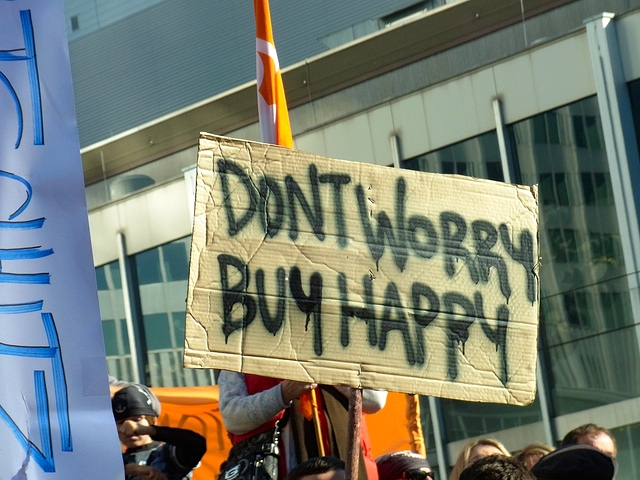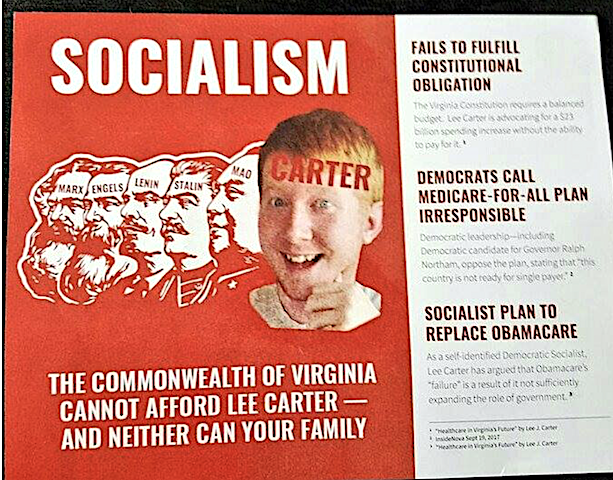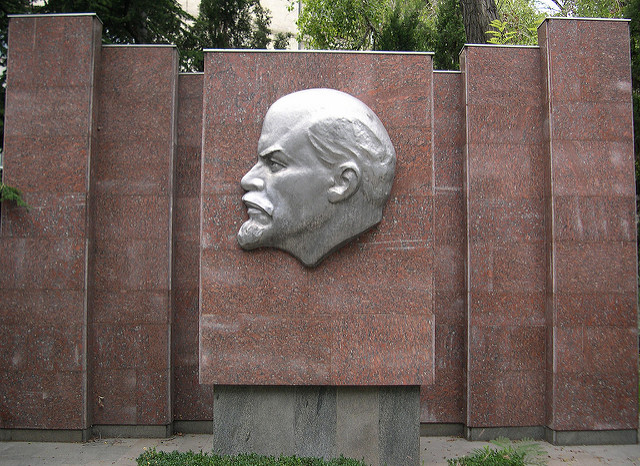In cities across the US, the campaign to raise the minimum wage to $15 an hour, from $7.25, is picking up steam. It’s already been mandated in the small airport burg of SeaTac, outside Seattle, and Seattle itself has enacted its own wage increase, although one with caveats that critics fear are too partial to business.
Some locales have imposed more modest increases, but increases nonetheless. Periodic strikes by fast food workers have propelled the idea of a new minimum wage into the national consciousness. While right-wing pundits have blasted the notion on talk shows and in the press, they’re directly addressing the issue, rather than ignoring it.
While stagnant wages, in the face of increasing corporate profits since the 1970s, have been central to the current crisis of inequality, a pay increase for America’s workers won’t signal a major realignment in American political life. Such an increase wouldn’t be an undoing of capitalism, either. But the issue has the potential to build a movement much bigger than something that just calls for a wage increase.
Occupy Wall Street, initiated by anarchists, was at its roots an amorphous reaction, without demands against the dominance of finance capital in our lives, and the yawning inequality it has created (the consensus in early OWS planning meetings held that specific demands would inherently endorse the legitimacy of the existing state). But, in just a few months in the fall of 2011, it succeeded in sparking a conversation that was once verboten in American political discourse.
However, without a cohesive narrative, Occupy wasn’t able to get traction beyond that discussion. That’s why the movement for a minimum wage increase is different. It’s a tangible, concrete idea that can inspire people who might not otherwise be politically radical to come together to form a social movement. And it’s no coincidence that much of this has been spearheaded by a former OWS activist of the socialist variety, Kshama Sawant, who now serves on the Seattle City Council.
“How do we bring all the layers of youth who are feeling disengaged and frustrated with the status quo of student debt and low wage jobs. They wonder, ‘Where do we go from here?’” Sawant told me in a phone interview. “What is it that lights the spark of activism in people? It has to be real, on-the-ground issues. As a Marxist, we cannot engineer that. It’s a question of what happens on a larger scale.”

Focusing on how this one injustice, the abysmally low minimum wage, could have a longer shelf life of discussion about the structural causes of the inequality plaguing the United States. Already, Sawant notes that there has been success on this front, as she explained that in Seattle, most businesses have shifted their position from being against a minimum wage increase towards saying that they were for it, but wanted a say in how it was legally mandated. “That’s a major victory for the working class,” Sawant said.
A recent demonstration by workers at the McDonald’s company headquarters brought out riot police, reminiscent of the early days of OWS. Labor activists are quick to point out that places like fast-food chains and retailers like Walmart are able to pay such low wages because workers survive on state benefits. All of this pokes holes in the narrative that the wages are the natural price of one’s labor; the reality is that they are supported by state action. This is a continuation of the ‘War of Position’, as Antonio Gramsci would have put it, that was refreshing about OWS, but around a mainstream issue that can attract many people outside the anti-capitalist left, and help reorganize and recenter radicals.
For Socialist Alternative, the once relatively unknown leftwing group to which Sawant belongs, victories like the attraction to the fight for the new minimum wage and Sawant’s ascendence is healing wounds between socialist groups. OWS had to be an anarchist creation, in part, because for the most part, socialist groups have been at odds with each other over seemingly petty and ancient ideological differences, blocking any kind of cohesive organizing.
But Socialist Alternative argues that there is a desire in the United States for a pan-left alternative party. Already, in New York, International Socialist Organization activist Brian Jones has joined as the lieutenant governor candidate on the Green Party ticket, with former Socialist Party candidate Howie Hawkins. This has already invited the attention of not only Socialist Alternative, but of the Democratic Socialists of America. Independent socialists, once wary of mingling with newspaper -selling sectarians, are taking notice.
For once, it seems, there’s a desire for cross-pollination on the socialist left. Sawant points out that in an age when young people have grown up being told that they would inherit a middle class existence, seeing instead that they are buried in debt with jobs that won’t allow them to pay back that debt, these ideas could more popular than ever. “The best way to do that is neither to constantly be at odds with each other, and ignore that we have those differences,” Sawant said. “We should be a pole of attraction to everyone who is looking for a left alternative, and we should recognize our differences.”
Photographs courtesy of Wolfgang Sterneck and Bob Bob. Published under a Creative Commons license.





